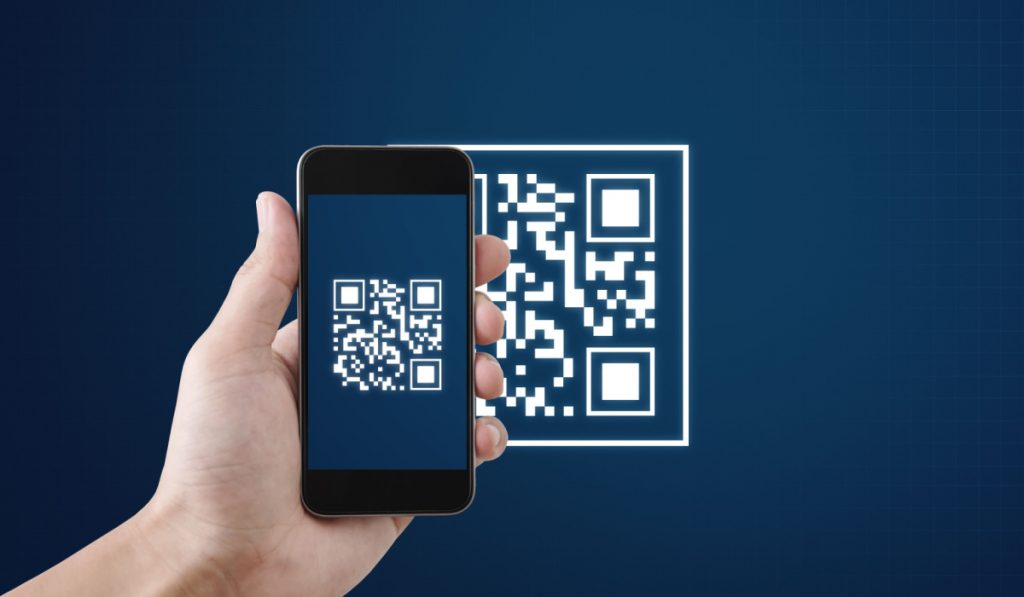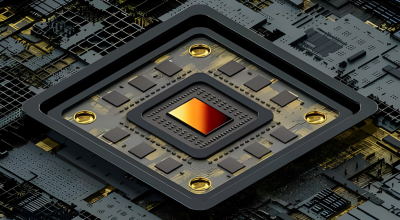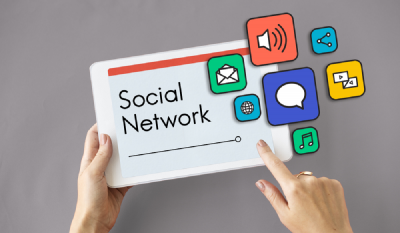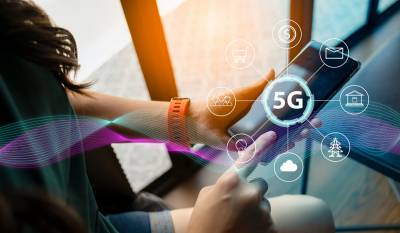Highlights:
- Beaconstac’s platform lets businesses use QR codes to engage customers in a consistent pattern for managing and tracking them.
- QR codes can drive engagement and personalization with products or advertisements on vehicle screens, product packaging, billboards, building, and shopping bags.
Beaconstac, a QR code customer engagement platform, announced it has raised USD 25 million in Series A funding led by the company Telescope Partners and with active participation from Accel.
The company plans to develop its subscription-based service further to build a team and allow more use cases for the technology. To date, everyone has encountered the Quick Response (QR) code, read by a phone that triggers an app or opens a website. Businesses are using them to increase engagement with products or commercials so that customers can get more information.
With the help of the Beaconstac platform, businesses can use QR codes to engage customers in a consistent manner by providing a way to make, manage and track them. The company offers a software-as-a-service solution for companies to handle and track their QR codes at scale.
Ravi Pratap, co-founder, and CTO of Beaconstac, said in an interview that QR codes are rapidly becoming more useful across both consumer and enterprise use cases, especially in the last three years. According to Business Insider statistics, QR code usage in the U.S. is expected to reach 99.5 million by 2025.
In the past 12 months, the company has helped create and track over 1.8 million QR codes being scanned over 150 million times by customers. The company expects that this will accelerate as more QR codes are deployed.
Beaconstac has a strong clientele of 25,000 businesses and brands across over 100 countries. It includes giants such as Revlon, Nestle, FedEx, and the popular hotel chain Marriott.
Although QR codes have been around since 1994, Pratap said they hadn’t started to take off in the mainstream until the last three years. It is all because smartphones are now capable of putting QR code scanners into phone cameras and increasing awareness of them by the general public. The pandemic also played a big role in building awareness, but now that it is beginning to slow, it is no more a driving factor.
For businesses, QR codes can increase engagement and personalization as well as improve consumer interaction with commercials or products, such as those on TV, billboards, product packaging, store shelves, shopping bags, stores, and vehicles Restaurants have also used QR codes to build contactless menus so that customers can view their selections on their smartphones and pay at kiosks. Using QR codes, people can also have digital business cards.
There are several less standard use cases for QR codes that Beaconstac can assist with are also useful. For example, the elevator maker Otis Worldwide Corp. Uses QR codes inside its elevators to allow its maintenance workers to upload digital manuals. It is useful as service technicians used to have to carry cumbersome physical manuals for every different elevator model with them to each service call. Using QR codes, they can simply scan the part or elevator and have an appropriate manual pop-up.
Pratap said the company intends to use the funding to build out its team, which is currently 75 people, to increase its product development and expand its global reach.
Currently, Beaconstac has offices in New York and Bangalore, India, but plans to double its workforce in 2023, especially in marketing and sales, to reach a wider audience.
Experts’ Talk
“We call this customer engagement for the physical world because QR codes are in the physical world and someone is choosing to engage with their smartphone camera by scanning the QR code,” said Pratap.
“In a world where touchpoints between brand and consumer have grown exponentially, there is a pressing need for frictionless technology that meets consumers on and offline and QR codes are rising to the challenge,” said Beaconstac Chief Executive Sharat Potharaju.













